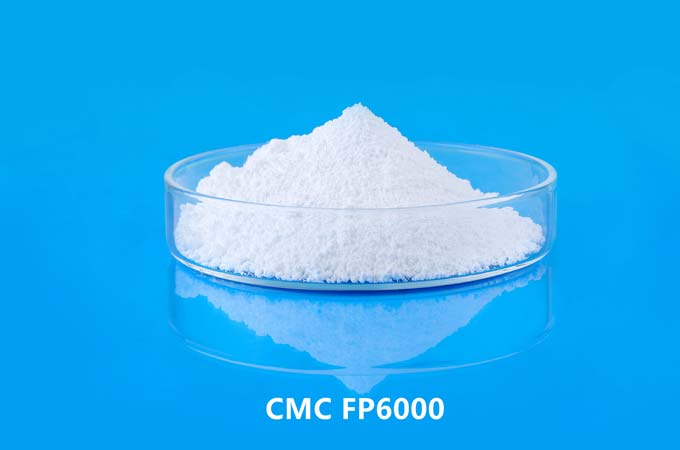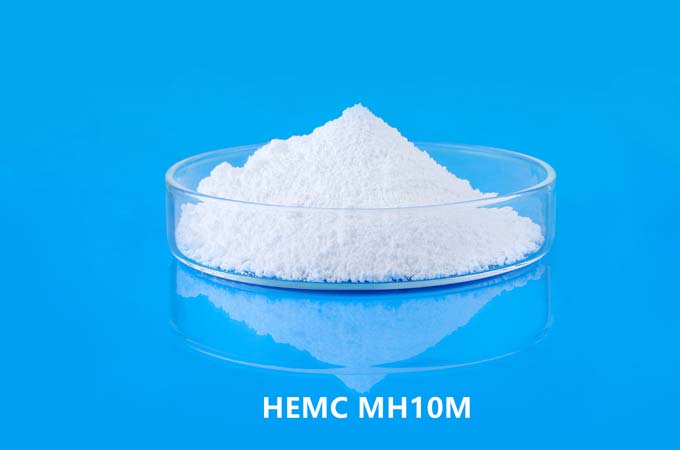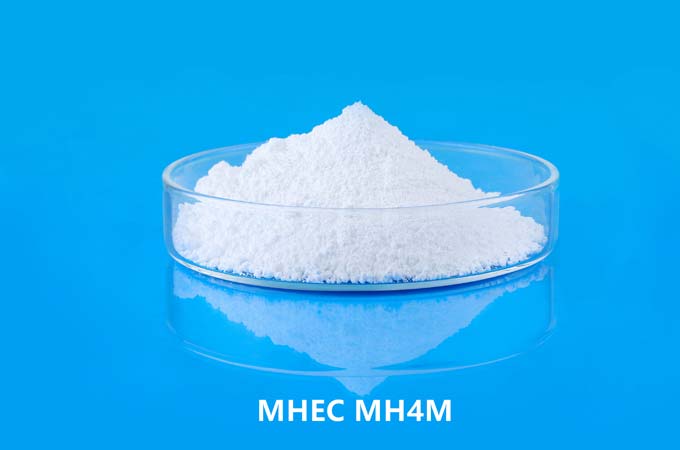What is Microcrystalline Cellulose?
MCC (microcrystalline cellulose) is a purified partially depolymerized cellulose, white, odorless, tasteless, in the form of a crystalline powder composed of porous particles. MCC is widely used in pharmaceutical, cosmetic, food and other industries. Different particle sizes and moisture contents have different properties and applications.
Microcrystalline cellulose has been included in the United States Pharmacopoeia, European Pharmacopoeia, Japanese Pharmacopoeia, Chinese Pharmacopoeia
Generic Name: Microcrystalline Cellulose
Synonyms: Celex, Emcocel, intercrystalline cellulose, etc.
CAS 9004 34 6
Molecular formula: (C6H10O5)n, n≈220
Molecular weight: about 36000
English abbreviation: MCC
Application
1. In the Pharmaceutical Industry
Commonly used as adsorbent, suspending agent, diluent and disintegrating agent. Cellulose MCC is widely used in pharmaceutical formulations, mainly as a diluent and binder for oral tablets and capsules. It can be granulated by wet method or directly compressed by dry method. It has some lubricating and disintegrating effects, so it is very useful in tablet preparation.
2. In the Food Industry
In the food industry, MCC microcrystalline cellulose can be used as an important base material for functional foods, and is an ideal health food additive.
1). Can maintain emulsification and foam stability.
2). Can maintain high temperature stability.
3). Can improve liquid stability.
4). It can be used as a nutritional supplement and thickener.
5). It has many other uses.
3. Cosmetics
As an ingredient, MCC powder is used in the manufacture of a wide variety of cosmetic, skin and care products, as well as detergents.
Microcrystalline cellulose can be obtained by controlled hydrolysis of α-cellulose with dilute mineral acid solution, and α-cellulose can be obtained from plant fibers containing cellulose pulp. After the hydrolyzed cellulose is filtered, purified, and spray-dried by water slurry, it can form dry porous particles with a wide particle size distribution.
This product is widely used in oral preparations and foods, and is a relatively non-toxic and non-irritating substance. It is not absorbed orally and has almost no potential toxicity. Use of large amounts may cause mild diarrhea. As an excipient for pharmaceutical formulations there are no difficulties.
Storage
This product is a hygroscopic stable substance. Large quantities should be stored in an airtight container in a cool dry place.
Contraindications
Microcrystalline cellulose is incompatible with strong oxidizing agents.
Regulation
This product is listed in GRAS, allowed as a food additive in Europe, listed in the FDA "Inactive Ingredients Guide", and allowed to be used for non-injection.
Characteristic
This product is white or off-white powder; odorless and tasteless.
This product is insoluble in ethanol, water, acetone or toluene.
Category
Pharmaceutical Excipients, Fillers and Disintegrants
 English
English 日本語
日本語 français
français Deutsch
Deutsch Español
Español italiano
italiano русский
русский português
português العربية
العربية Türkçe
Türkçe Nederland
Nederland



